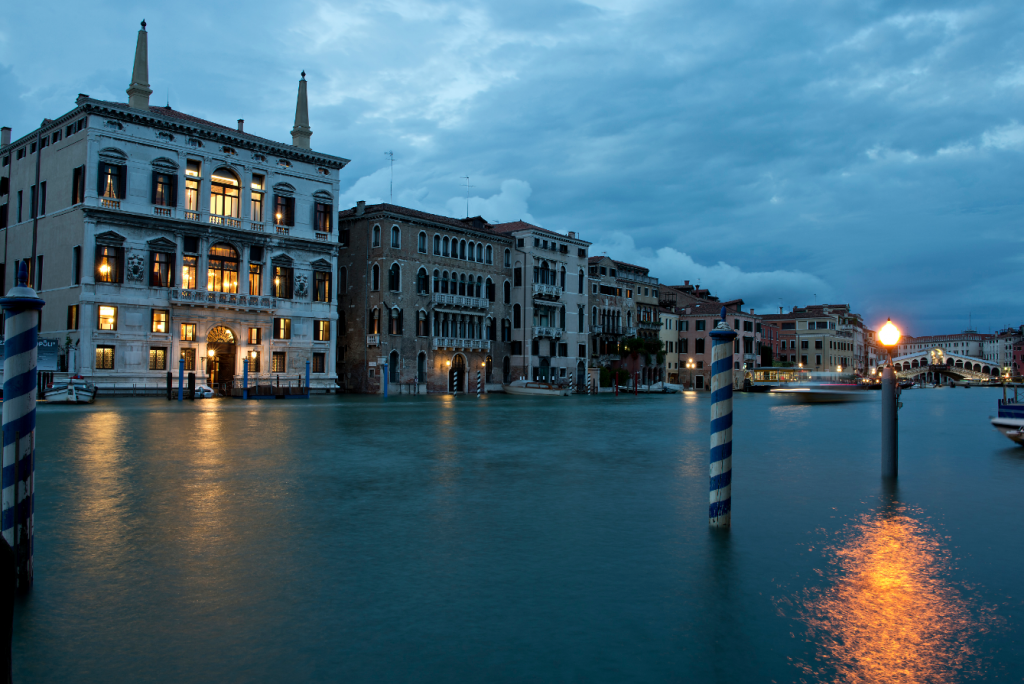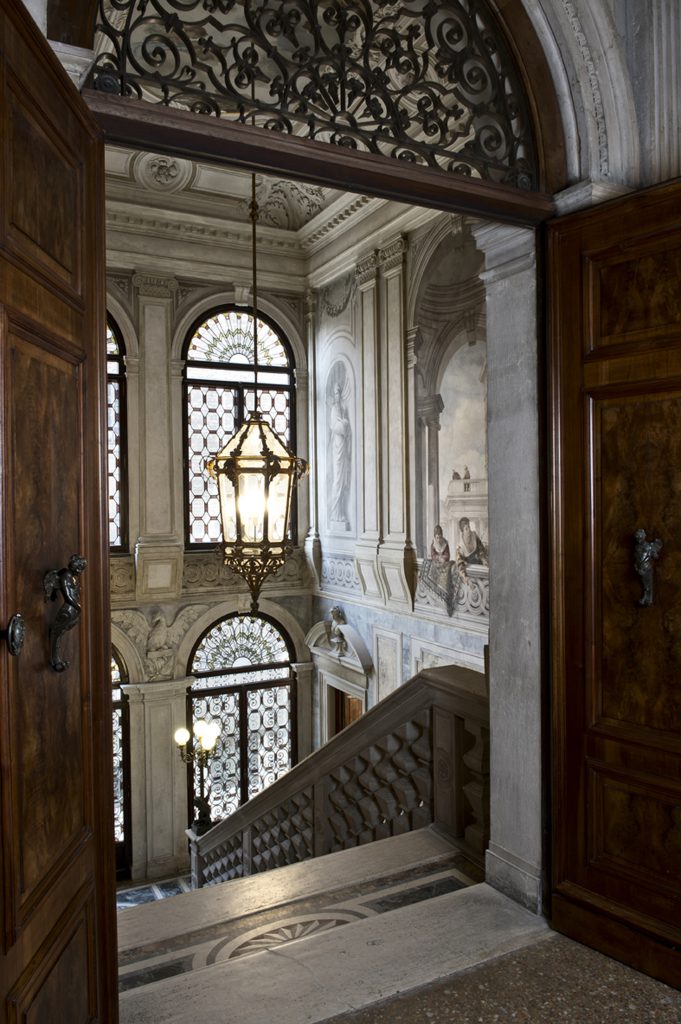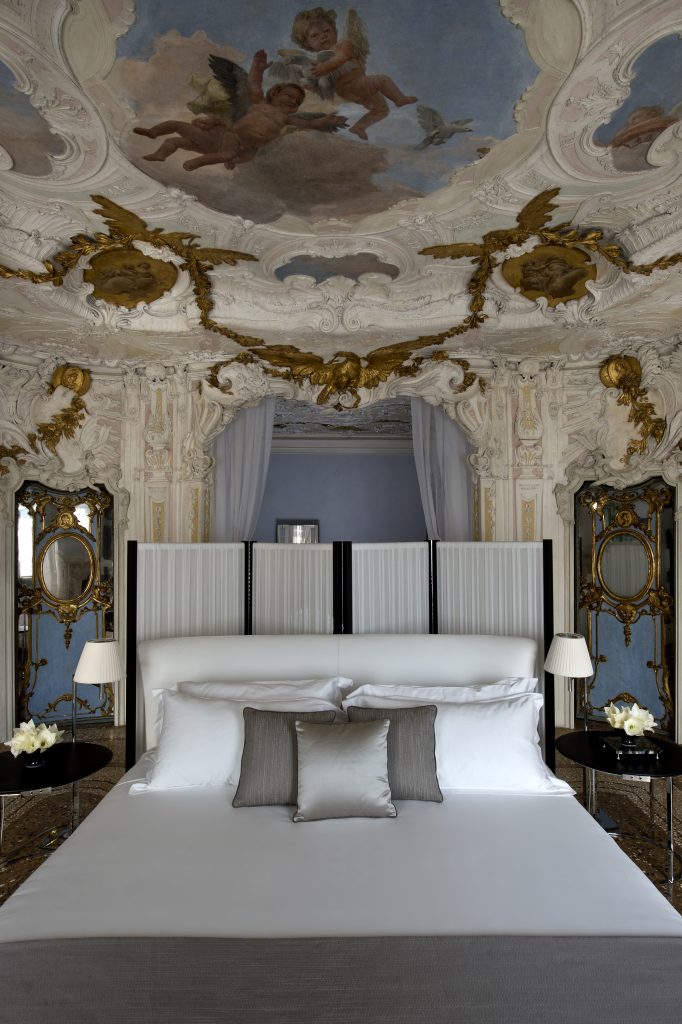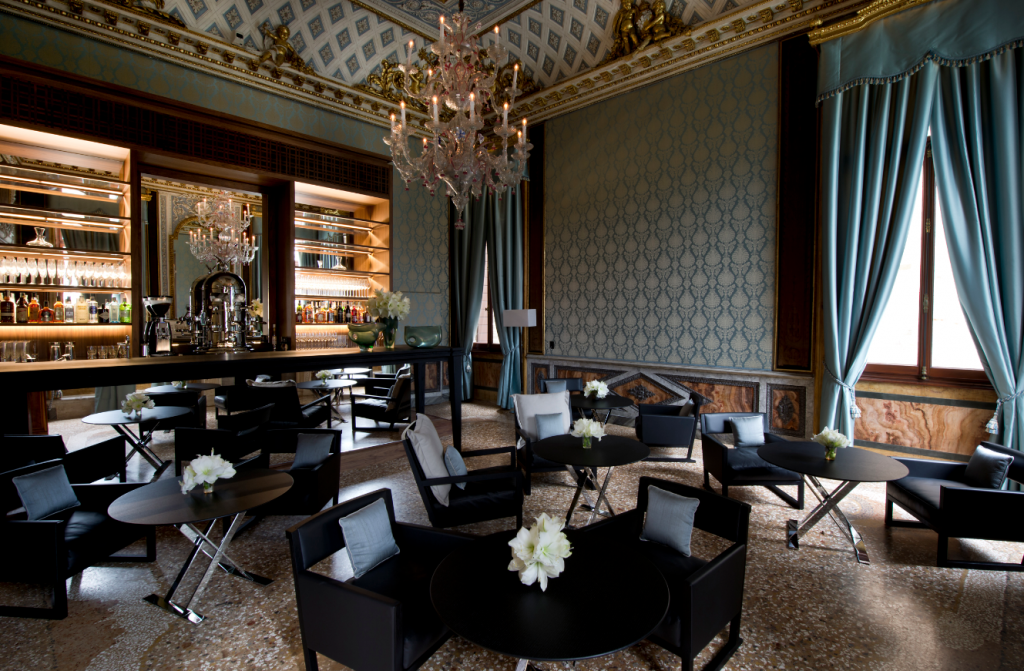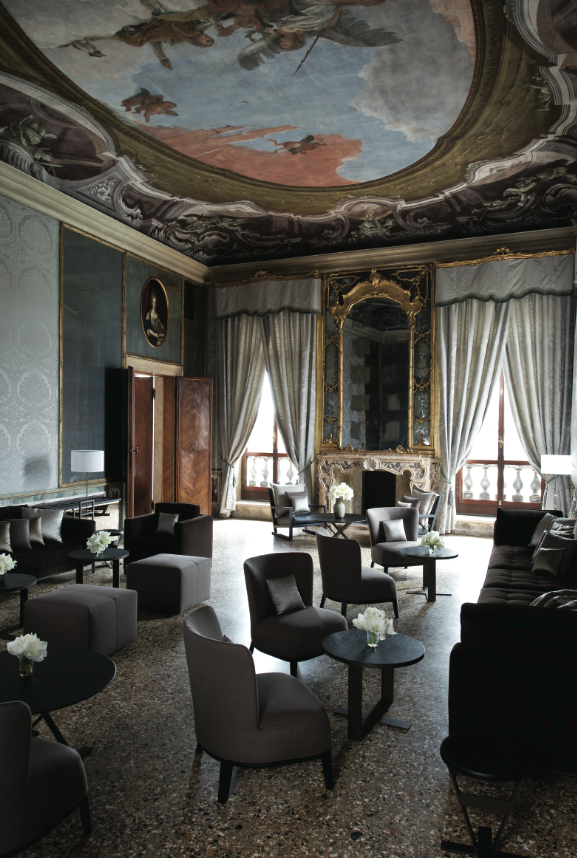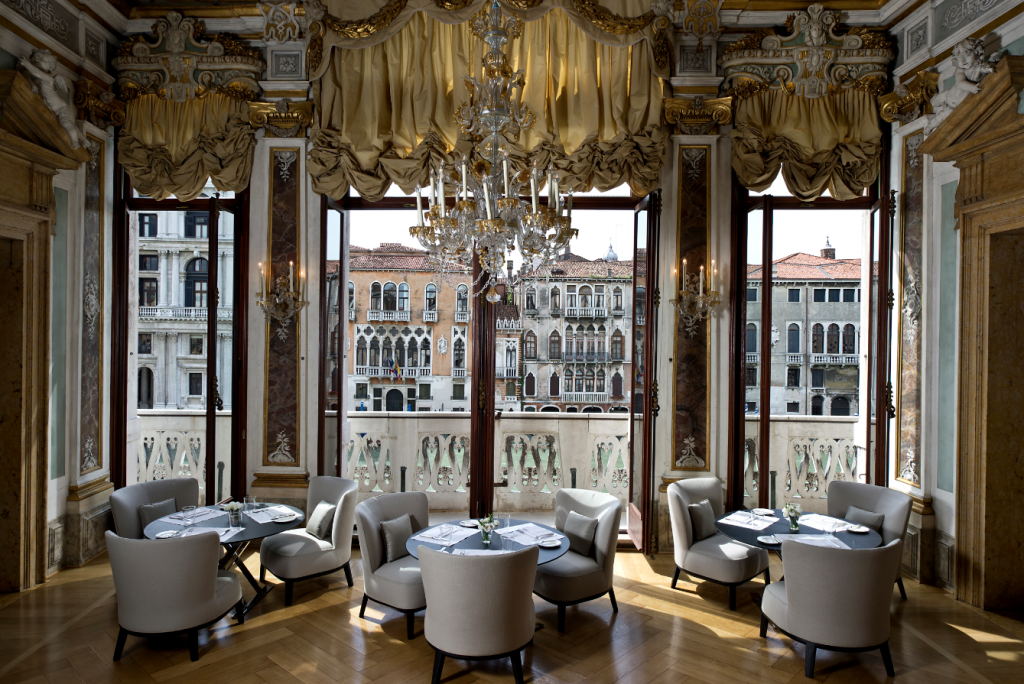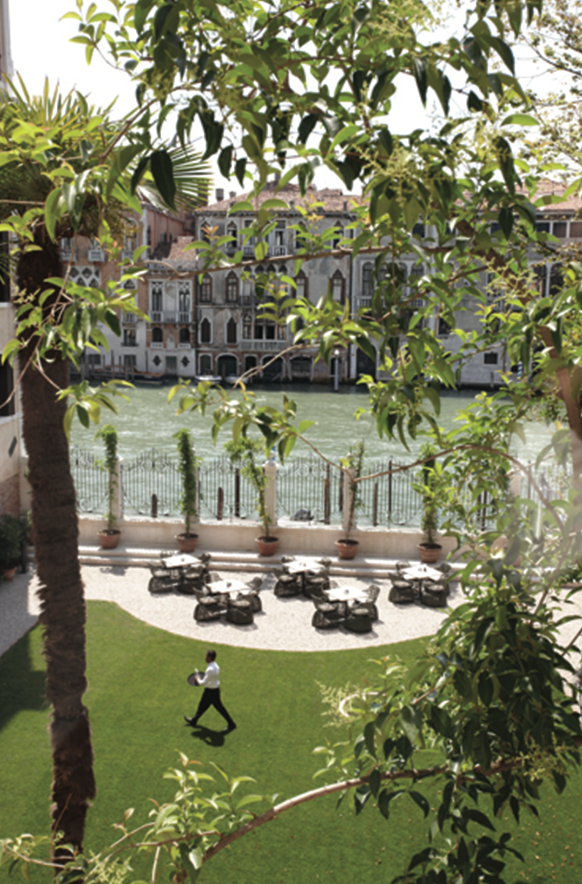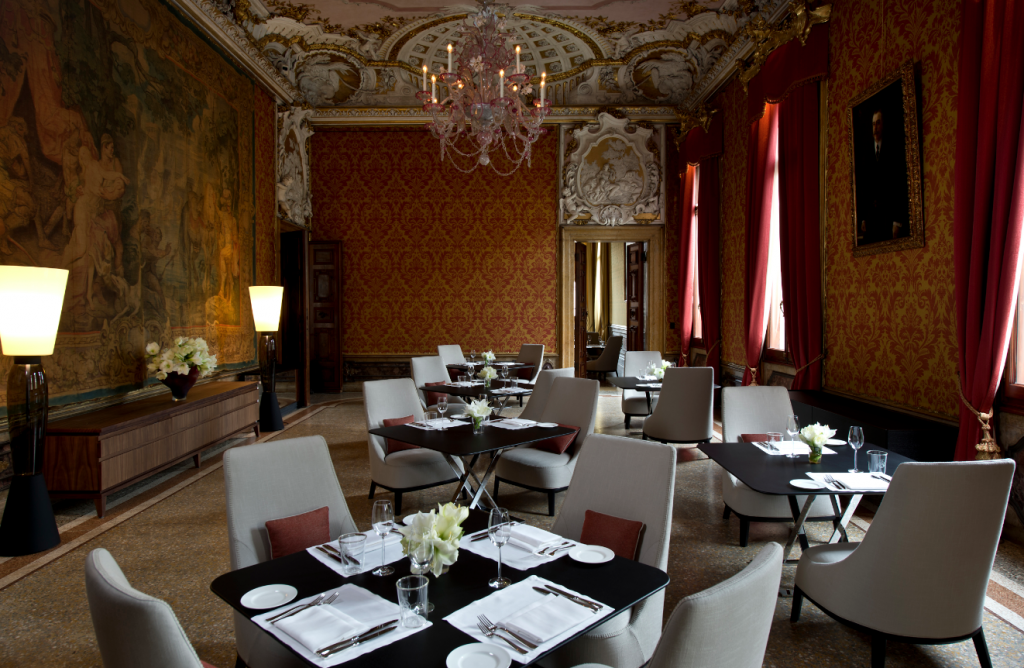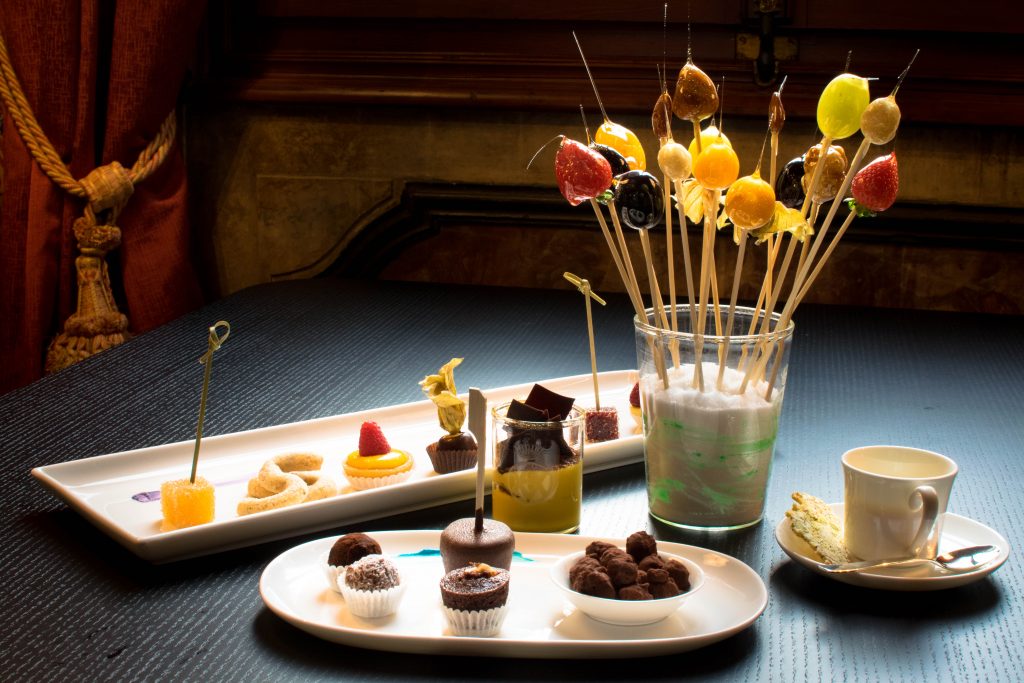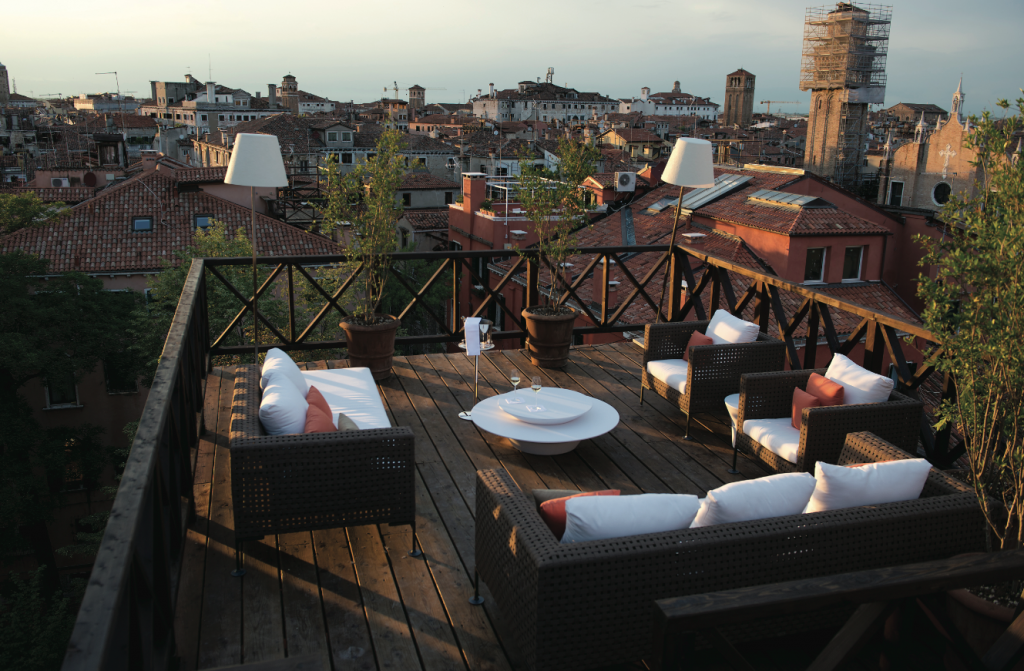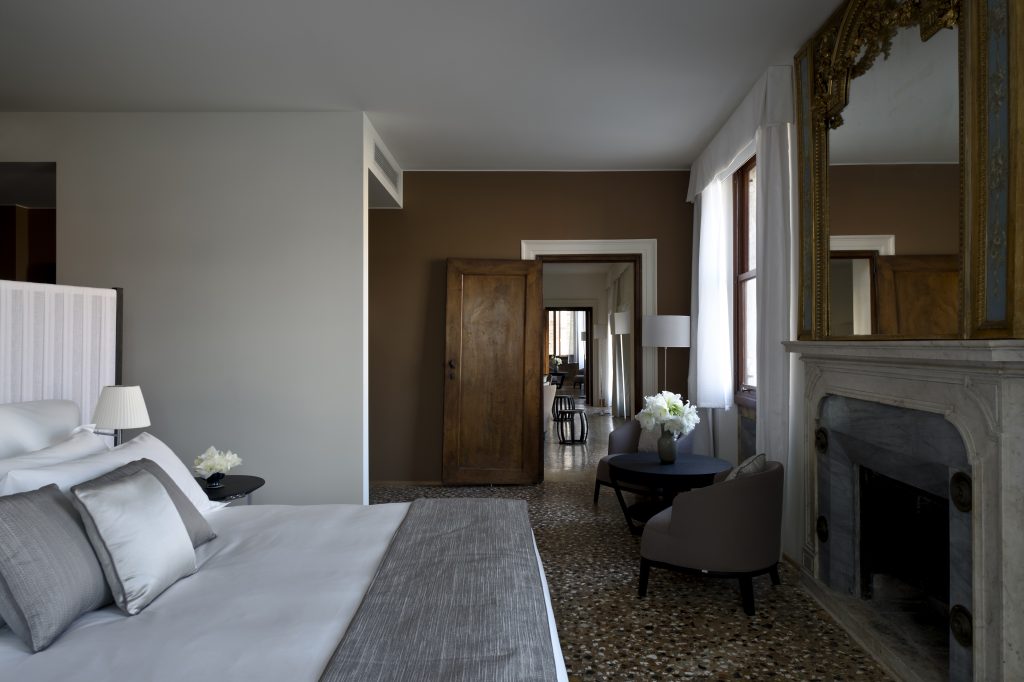Patricia Cleveland-Peck investigates the restoration that has transformed Palazzo Papadopoli into the Aman Canal Grande Hotel in Venice…
It really all comes down to the writer Andrea di Robilant: if he hadn’t written the book A Venetian Affair, which tells the story of a doomed love between a Venetian nobleman and an English girl in the 18th century, and if, some eight years ago, I hadn’t been writing an article about this book, I should never have ventured into the Palazzo Papadopoli.
Venture I did however, quite illicitly, as I wanted to see the window from which the lover waved to his beloved across the little canal which ran between his grand palace and the house the English family had rented.
I noticed that the palazzo had obviously seen better days and that most of it appeared to be let as offices. People were going about their business and so I simply waited until a man typed the code at the big gate and sneaked in after him.
All was going well. I found a staircase with windows facing in the right direction – when I was caught. A tall, attractive young woman introduced herself as the owner. I was mortified. When however, I explained about the article, she couldn’t have been more friendly.
She told me that in fact di Robilant was a friend of hers, and no – this was not the right spot. To cut a long story short she took me to the correct window and then she showed me round some of the other rooms, including the ballroom where I remember seeing wonderful frescoes and ceilings by Giambattista Tiepolo, widely recognised as the greatest decorative artist of the period.
It was not until later, in order to prove myself, that I asked for her address so I could send her a copy of my article, that I discovered I had trespassed into the home of Bianca Arrivabene, Contessa by marriage to Giberto Arrivabene Valenti Gonzaga, whose family had lived in the palazzo for four generations, and a Princess of the Royal House of Savoia-Aosta in her own right.
Palazzo Papadopoli is truly grand, one of the eight palazzi monumentali in Venice. It was built in 1550 for the Coccina family by Gian Giacomo de Grigi, a follower of Sansovino. In 1718 it was sold to the Tiepolo family, who filled it with treasures and built up a great library as well as commissioning the frescoes and ceilings I had seen.
In the 19th century the palazzo was bought by the Papadopoli family from Corfu and one of the two brothers married Maddalena Aldo Brandolini, who came from a wealthy Venetian family of intellectuals. One of the things they did was to buy the two adjacent properties and raze them to the ground in order to create the largest gardens on the Grand Canal. They also hired the architect Girolamo Levi to completely restore the building and he in turn employed Michelangelo Guggenheim to decorate the grandest floor of the palazzo, the piano nobile, which he executed in the most sumptuous style.
At the end of the century, Vera Papadopoli Aldobrandini married Count Giberto Arrivabene, bringing the palazzo with her as her dowry. By the 1920s they had lost much of their money and most of their estates on the mainland but life here continued in grand style. They were also in the vanguard of modernity, installing a telephone system, electric light and one of the first lifts in Venice.
It is Vera’s grandson Giberto, husband of Bianca, who now owns the palazzo. As an example of how things of course have changed over the years, Giberto remembers that when his father was growing up 86 people lived in the palazzo; six were family members, the remaining 80, household staff.
Giberto still owns the palazzo and he, Bianca and their children still live on the top floor. Even when the upkeep was devouring their finances and they knew that “something had to happen”, they did not want to move and so when Adrian Zecha, the creator of Aman Resorts, approached them and agreed to rent the palazzo rather than buy it, Giberto agreed. It took some years to find investors and clinch the deal but now Aman manages the 7-star luxury hotel while the family retain the freehold.
In spite of the building’s enormous size there are only 24 guest suites (which cost from €1,100 to €3,200 per night) and this, together with the fact that there is no exterior signage denoting that it is a hotel and, in traditional Aman style, no desk, reinforces the idea that you are entering a family home.
As we were already in Venice we did not arrive as most guests do, whisked by the complimentary service of a private water taxi from the airport directly to the hotel’s porta d’acqua on the Grand Canal. No, it seemed fitting that we should enter by the back gate as I did years before. This time, however, I noticed that it was newly painted and gave onto a smart new garden.
Once inside the reception hall and welcomed with hand towels, a drink and a short exploration, we at once noticed the sheer quality of the restoration. The main staircase rises through two levels to the piano nobile on entering and you cannot fail to be almost overwhelmed by the beauty of the rooms. The ballroom, bar and two dining rooms, with walls covered with Rubelli silks, contain the exquisite frescoes now impeccably revitalised, as are the magnificent Murano glass chandeliers. There can be no better place to watch the gondolas passing on the Grand Canal than from this room.
Another staircase leads up to the Salon, a quiet lounge with equally lovely views of the canal. Here a grand piano and comfortable sofas make for relaxation and enjoyment of the many opulent coffee table books and magazines on display.
Next to this is a library containing the family’s collection. It also contains a rare panel of gold-embossed Cordoba leather dating from the 16th century. When time came to work on repairing this panel, tiny fragments of leather were found behind it, as if stored there in waiting for the restorers 400 years later.
Of course we did not take all this in at once. We settled into our comfortable room on the ground floor and informed ourselves of all that was on offer. Amongst the luxurious suites is the Alcova, with painted chinoiserie walls and a Tiepolo ceiling – this used to be Giberto’s mother’s bedroom. There is a state-of-the-art spa and of course the spacious gardens. The hotel has also put together some innovative excursions in which guests are accompanied by local writers, garden experts and art historians, often to places not normally open to the public.
We however, were soon keen to make our own excursion to the Red Dining room for dinner by Riccardo de Prà. It was Chef de Prà who prepared George Clooney’s wedding breakfast at the hotel in 2014 and whose restaurant in the Dolomites holds the oldest Michelin star in Italy. He turned out to be the jolliest and most charming of men and he came and discussed our requirements with us before presenting us with a delectable meal.
As a starter we were offered a series of little dishes which included roasted razor clams with Lake Garda olive oil; gently smoked tuna tartare and avocado; artichoke salad with fresh pecorino cheese; liver pâté alla veneziana with red herbs, cinnamon crumble and hazelnuts; pan fried calamari with red onions and beans from the Lamon comune and a carpaccio of amberjack with caper sauce, anchovies and chives.
Each dish was full of flavour and beautifully presented but the pâté was truly exceptional. For our main courses we both chose risotto, one of our standard quality gauges – and were impressed. The black ink and baby cuttlefish risotto al nero e seppioline was of a perfect creamy consistency and tasted divine. For the pudding course Chef de Prà had prepared us some golosessi – Venetian goodies including caramelised fruit rum and coconut ice cream, organic fruit jelly and ‘ancient style’ tiramisù. This was certainly a meal to remember, and in an unforgettable setting too.
The next morning, after having enjoyed breakfast at a sunny table in the Yellow Dining Room, we continued to explore this amazing building. Taking lifts and following twisty corridors, we made our way up to the new roof terrace known as the Altana to take in the panoramic views of the city.
Reflecting on the transformation, we realised that turning an ancient palazzo into a 21st century hotel was bound to involve certain compromises. In general the more modern furnishings are neutral in form and tone and wisely make no attempt to compete with the splendour of the original elements. There are however a few things which jar – why for example, were such low tables chosen for the dining room? They oblige the waiters to bend almost double to take orders. Nor did we find sitting to eat on low, upholstered, armchair-like seats very satisfactory.
These, however, are but tiny quibbles, for this is probably the most thorough, meticulous and delicate restoration ever to have taken place in Venice and one which we felt privileged to see. As we watched the boats on the Grand Canal even the logistics which the Dottor Construction Group must have employed to take away the debris and bring in the materials, including a huge crane, seemed almost beyond our imaginings, to say nothing of the fact that it was completed within 18 months and on budget.
Just before we leave I climb the stairs again and look out of the window through which Andrea di Robilant’s lovers waved to each other. Remembering the state of the palazzo on the day I so unceremoniously barged in, I reflect that although the lovely old building may at first have been surprised to find itself being reinvented as a grand hotel now, with the future secure not only for generations of the Arrivabene family but also for the enjoyment of Aman guests, it must be satisfied that its beautiful rooms will once again be full of life and laughter. If you listen carefully you can almost hear its old stones sighing with relief at the thought of once again having a large and competent household staff dedicated to its on-going care.

